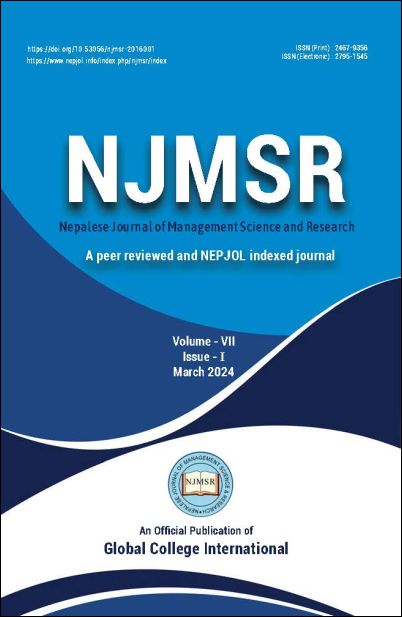Pro- Environmental Behavior and Big Five Personality Traits: Bridging the gap between employees’ behavior and Sustainable Human Resource Policies.
Keywords:
Pro-environmental behavior, Person variability, Attitudes, Motivation, Environment sustainabilityAbstract
Pro-environmental behavior, “How individual behavior contributing to environmental sustainability and it is exclusively based on individual volitional choice i.e., it is a cognitive process” and it includes affect (feeling or emotion), motivation (goals or expectations), cognition (thinking), habits and commits. The main purpose of the study is proposing a conceptual model based on sustainable HRM, between – person variability, pro- environmental behavior with effect on environment sustainability further, bridging gap between employees’ behavior to adopt sustainable policies in the organization. The review investigates the activities and attitudes, between – person variability – motivation, intentions and environment sustainability variables. This study gives suggestions to enhance the field of sustainability environment with the aid of PEB and mediating factor as between-in person variability. Further, this study also discuss future research to accept pro-environmental behavior in the organizations.
Downloads
Downloads
Published
How to Cite
Issue
Section
License
Copyright (c) 2024 Nepalese Journal of Management Science and Research

This work is licensed under a Creative Commons Attribution-NonCommercial-NoDerivatives 4.0 International License.
This license enables reusers to copy and distribute the material in any medium or format in unadapted form only, for noncommercial purposes only, and only so long as attribution is given to the creator.

